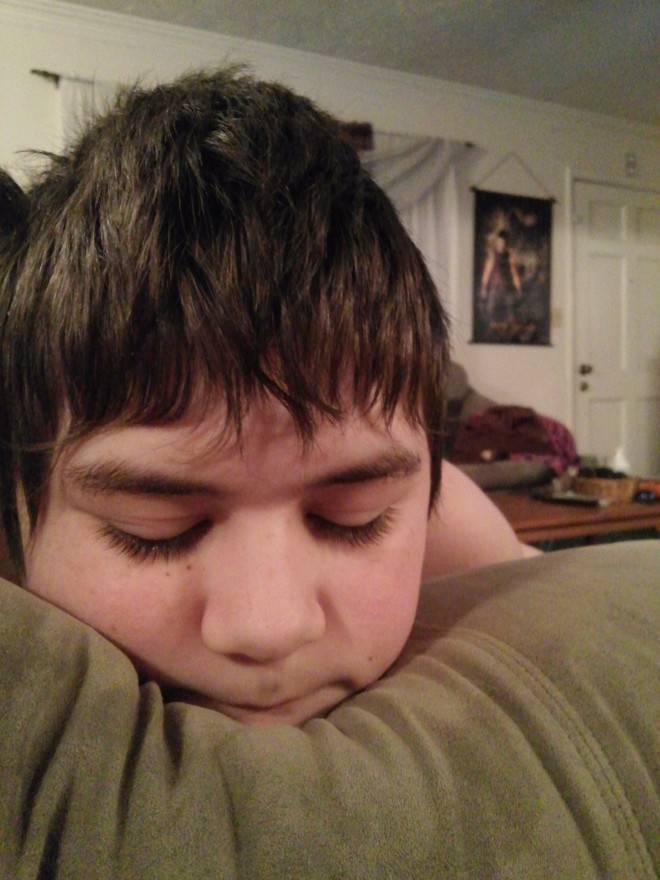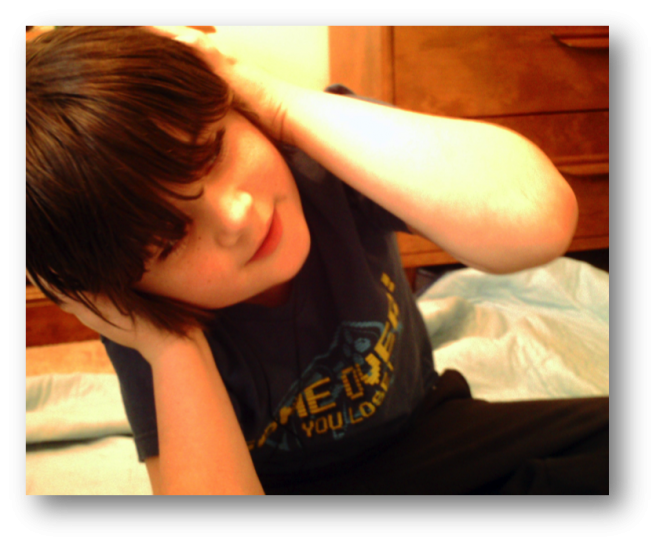During my last Autism training class for law enforcement, someone brought up an excellent question immediately following the Sensory Meltdown section of my program. They commented that many of the signs and behaviors of sensory overwhelm that lead to a meltdown sound exactly like those of Excited Delirium (ExDS) and wanted to know how to tell the difference.
I absolutely LOVE getting tough questions during my training programs! It’s because of everyone’s valuable input that this training remains fluid and continually improves after each experience.
I have been researching ExDS extensively and, while sharing some signs of sensory processing issues, the outcome is very different. Michael Curtis, MD, who created a field guide to help EMS and Law Enforcement recognize ExDS, refers to the condition as a “freight train to death.”
Excited Delirium typically accompanies the use of stimulants, most commonly but not limited to cocaine and methamphetamines, as these drugs block the re-uptake of dopamine, resulting in elevation of dopamine levels in the brain. This is amplified if the person already has a pre-existing psychiatric condition that is treated with dopamine re-uptake inhibitors.
According to the JEMS website, elevated levels of dopamine cause agitation, paranoia and violent behavior. Heart rate, respiration and temperature control are also affected by dopamine levels, with elevation resulting in tachycardia, tachypnea and hyperthermia. For this reason, hyperthermia is a hallmark of excited delirium.
Look for persons partially clothed or naked, exhibiting violent, almost primal behaviors. They may appear to have “super human” strength, but in actuality merely it’s the loss of pain receptors that creates the illusion.
Excited Delirium is a MEDICAL condition, with a grim outcome once a person enters arrest. The best way to manage it is to prevent cardiac arrest. Prehospital therapy should focus on treating the increased metabolic activity and hyperthermia first.
The mnemonic “NOT A CRIME,” developed by Michael Curtis, MD, clearly sets out the signs and symptoms of ExDS:
- N – Patient is naked and sweating from hyperthermia
- O – Patient exhibits violence against objects, especially glass
- T – Patient is tough and unstoppable, with superhuman strength and insensitivity to pain
- A – Onset is acute
- C – Patient is confused regarding time, place, purpose and perception
- R – Patient is resistant and won’t follow commands to desist
- I – Patient’s speech is incoherent, often with loud shouting and bizarre content
- M – Patient exhibits mental health conditions or makes you feel uncomfortable
- E – EMS should request early backup and rapid transport to the ED
Sensory Processing Meltdown
A sensory meltdown is when a person’s nervous system has been so bombarded by sensory input that it enters survival mode, perceiving that it is under attack. These may occur in autistic adults just as much as children.
An adult experiencing a meltdown describes the experience on SPDSupport.org:
“All sensory systems start firing! Everything pierces you like a knife! Every sound, every speck of light, every texture against your skin, and everything you can smell. It surrounds you and cuts right into you. Trapped within your skin, like a caged animal under attack, you are basically helpless. You thrash, you heave, you scream, you do whatever you can, because you are perceiving something killing you. You need to escape! Everything is hurting you, things that no one else can even believe would be affecting you. The smallest noise makes you want to claw your ears off, the slightest movement of you head might make you sick, and even the dimmest lights in the room make your eyes feel like they are bleeding.
Nothing matters anymore. You only have a few options: fight, flight, or freeze.”
Not unlike ExDS, some of these signs may present as agitation, violent behavior, resisting, tachycardia and tachypnea. If your nervous system believes you are in imminent danger, it will employ survival techniques.
There is typically no hyperthermia involved with a sensory meltdown. Additionally, once you reduce sensory triggers or remove a person from the environment, the meltdown begins to lessen. The person may begin to self-calm and use relaxation techniques in order to return to their baseline behavior.
It is always best to try and prevent meltdowns by learning to recognize the signs and behaviors leading up to them. If that cannot be achieved you want to immediately remove harmful stimuli and reduce sensory triggers. Once their nervous system begins to stabilize, you can then add positive stimuli. Tools such as deep breathing, gum chewing, handling a fidget item, redirection and distraction can all help the nervous system relax and block the stressors. It is only then that you can gain compliance or begin communicating.
SPD meltdowns are incredibly intense and often traumatic for the individual experiencing them. However, unlike ExDS, the person is aware of the way they acted during, even though they were not in control of their behaviors. There is no blackout or acute altered mental status. It is essentially a response to a nervous system overwhelm and will eventually subside. The goal is to keep the person safe and do whatever you can to reduce sensory triggers.
Recognizing a sensory meltdown is extremely helpful, but as always, DO NOT IGNORE LIFE-THREATS such as stroke, brain injury, seizures or hypoglycemia just because your patient has autism or you suspect they do.
Have you responded to a call involving excited delirium or a sensory meltdown? What were your indicators? How was it handled? Share your thoughts below or send me a confidential email with your comments! Input from the field is ALWAYS valued.
















